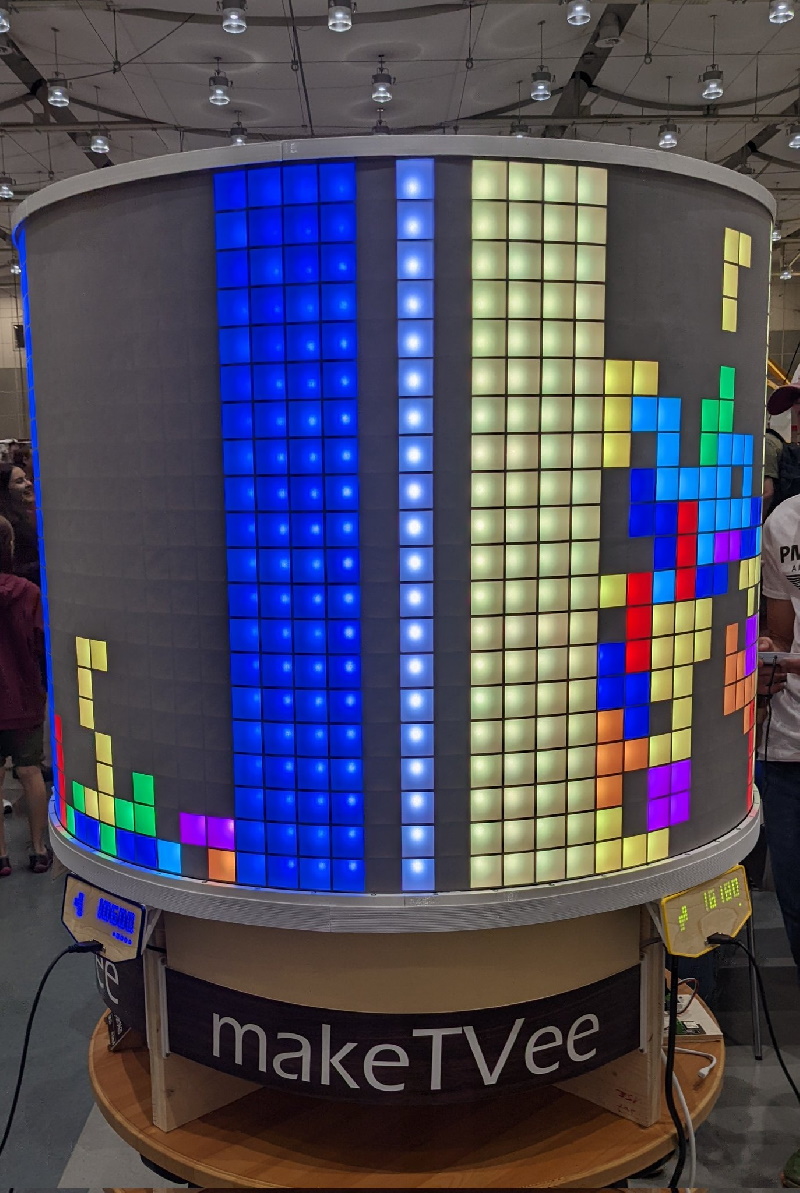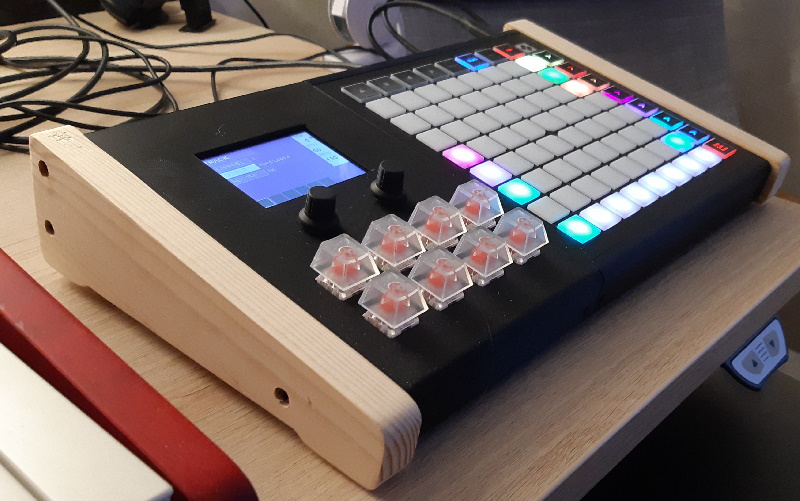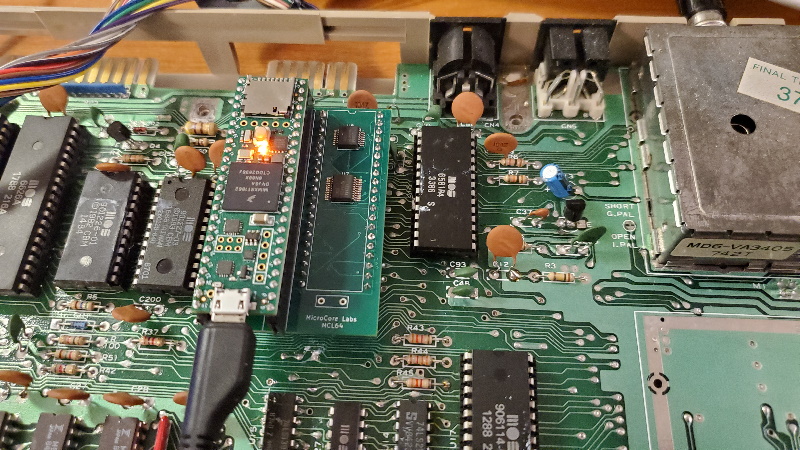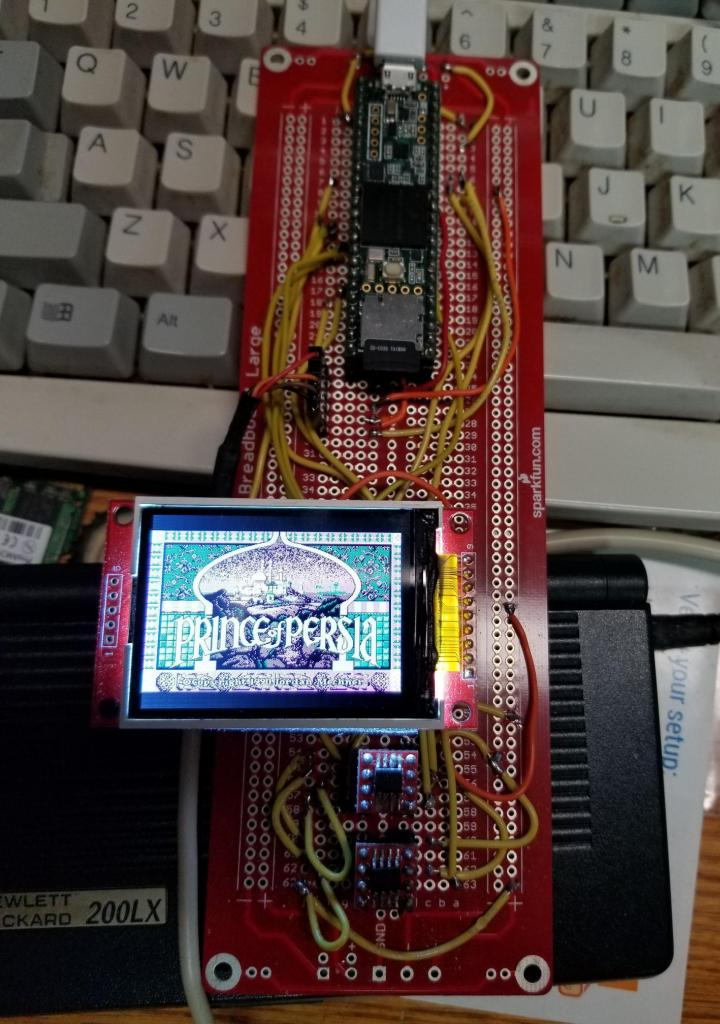When computers and electronics were in their most nascent phases, they were largely the realm of hackers in their garages, with glorious hand-crafted wooden panels delightfully concealing their bodged-together innards.

The same was true of early synths, with the first Moogs clad in walnut cases, and while the tradition has perhaps somewhat lived on in the form of wooden side panels and cases for modular synths, it’s not every day that you see a recently-designed keyboard in a wooden case. So we were particularly intrigued by Albert Nyström’s Teensy-Poly6!
The Teensy-Poly6 is powered by a Teensy 3.5, and uses relatively few other components beyond the salvaged M-Audio Keystation 49 keys. The code and schematic can be found on GitHub, and the below video gives a glorious demonstration of the instrument’s capabilities. We’re not sure if the name is a direct reference to 1981’s Korg Polysix, or just a coincidence, since they both feature six-voice polyphony, but the Korgs currently fetch $1-2K on eBay, which makes the DIY Teensy synth look like an absolute steal with a BOM cost of around $120!



